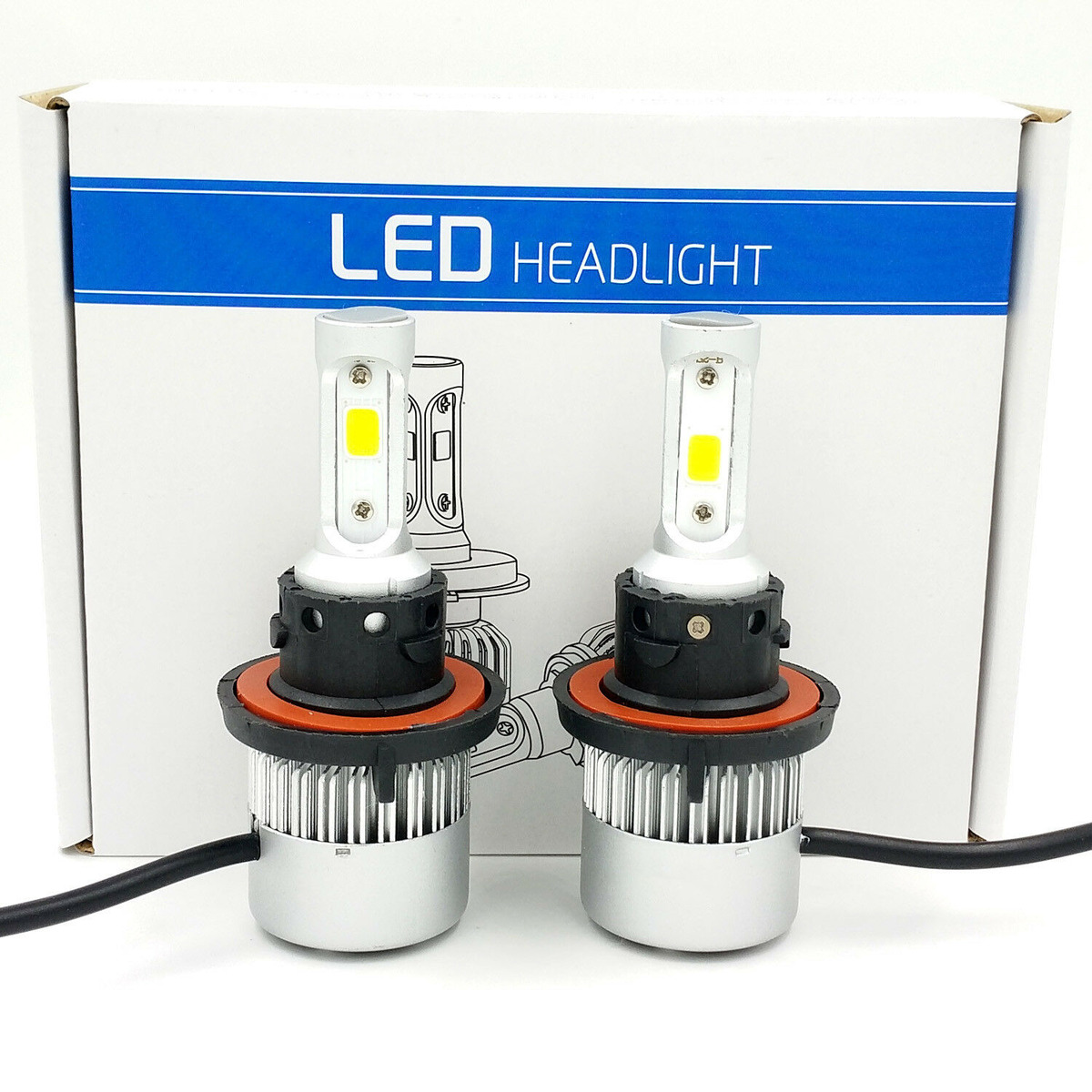

Articles
What Cars Fit An H13 9008 LED Bulb
Modified: February 22, 2024
Looking for information on H13 9008 LED bulb compatibility with different car models? Read our articles for a comprehensive list of cars that the H13 9008 LED bulb fits.
(Many of the links in this article redirect to a specific reviewed product. Your purchase of these products through affiliate links helps to generate commission for Storables.com, at no extra cost. Learn more)
Introduction
With the advancement of automotive lighting technology, traditional halogen bulbs are being replaced by more efficient and durable LED bulbs. One popular type of LED bulb is the H13 9008 LED bulb, known for its compatibility with various car models and its ability to provide superior lighting performance.
In this article, we will explore the features and advantages of using H13 9008 LED bulbs in your vehicle. We will also discuss the compatibility of these bulbs with different car models, factors to consider before replacing your car’s bulbs, and the installation process of H13 9008 LED bulbs.
So, whether you’re looking to upgrade your vehicle’s lighting system for better visibility or simply want to enhance its overall appearance, read on to discover why H13 9008 LED bulbs are a popular choice among car enthusiasts and how they can benefit you.
Key Takeaways:
- Upgrade to H13 9008 LED bulbs for energy efficiency, longer lifespan, superior brightness, enhanced safety, and instant on/off functionality, enhancing your vehicle’s lighting and style.
- Ensure compatibility, consider brightness and heat dissipation, and follow proper installation for successful and hassle-free upgrade to H13 9008 LED bulbs, improving your driving experience.
Read more: What Car Fits An H7 LED Bulb
Understanding the H13 9008 LED Bulb
The H13 9008 LED bulb is a type of LED (Light Emitting Diode) bulb specifically designed to replace traditional halogen bulbs in headlights, fog lights, and other automotive lighting applications. It is named after its specific base type (H13) and its compatibility with the 9008 bulb size designation.
LED bulbs, including the H13 9008, have gained popularity due to their numerous advantages over traditional halogen bulbs. One key advantage is their energy efficiency. LED bulbs consume less electrical power compared to halogen bulbs, resulting in reduced strain on your vehicle’s electrical system and increased fuel economy.
In addition to energy efficiency, H13 9008 LED bulbs also offer a longer lifespan. While traditional halogen bulbs may need to be replaced every couple of years, LED bulbs can last up to 25 times longer. This not only saves you money on replacement bulbs but also reduces the hassle of frequent bulb changes.
Furthermore, the H13 9008 LED bulb provides superior brightness and illumination. Its advanced technology allows for a more focused and intense beam of light, providing enhanced visibility on the road. This not only makes driving safer but also enhances the overall aesthetic appeal of your vehicle.
It’s important to note that H13 9008 LED bulbs come in various designs and configurations, including single-beam and dual-beam bulbs. Single-beam bulbs are used in applications where separate bulbs are required for high beam and low beam settings, while dual-beam bulbs are designed to provide both high and low beams in a single bulb.
To ensure optimal performance and compatibility, it’s recommended to choose reputable brands when purchasing H13 9008 LED bulbs. High-quality bulbs will be properly engineered and tested to meet safety and performance standards, giving you peace of mind and long-lasting performance.
Now that we have a better understanding of the H13 9008 LED bulb, let’s explore the advantages it offers over traditional halogen bulbs.
Advantages of Using H13 9008 LED Bulbs
Replacing your car’s traditional halogen bulbs with H13 9008 LED bulbs offers several advantages that go beyond just improved lighting performance. Let’s explore some of the key benefits of using H13 9008 LED bulbs in your vehicle.
- Energy Efficiency: H13 9008 LED bulbs are highly energy-efficient, consuming less power than traditional halogen bulbs. This not only reduces strain on your vehicle’s electrical system but also contributes to improved fuel economy.
- Longer Lifespan: LED technology allows H13 9008 bulbs to have a significantly longer lifespan compared to halogen bulbs. With an average lifespan of around 30,000 to 50,000 hours, H13 9008 LED bulbs can last multiple times longer, saving you money on frequent replacements.
- Superior Brightness: H13 9008 LED bulbs provide a brighter and more focused beam of light, enhancing visibility on the road. This improved illumination helps you see farther and clearer, making nighttime driving safer and more comfortable.
- Enhanced Safety: The increased brightness and focused beam of H13 9008 LED bulbs not only improve your visibility but also make your vehicle more visible to others on the road. This can significantly reduce the risk of accidents and increase overall safety.
- Aesthetic Appeal: H13 9008 LED bulbs can transform the look of your vehicle’s lighting system. With their sleek and modern design, they add a touch of style and sophistication to your headlights, enhancing the overall appearance of your car.
- Instant On/Off: Unlike traditional halogen bulbs that take a few seconds to reach full brightness, H13 9008 LED bulbs provide instant-on lighting. This means there’s no warm-up time, allowing you to have immediate visibility as soon as you turn on your lights.
It’s important to note that while H13 9008 LED bulbs offer numerous advantages, they might not be suitable for every vehicle or application. Factors such as electrical compatibility, housing design, and local regulations should be considered before making the switch to LED bulbs. Consulting with a reputable automotive specialist or referring to your vehicle’s manual can help ensure a proper fit and safe installation.
Now that we’ve explored the advantages of using H13 9008 LED bulbs, let’s delve into their compatibility with different car models to see if they are suitable for your specific vehicle.
Compatibility of H13 9008 LED Bulbs with Different Car Models
One of the key factors to consider when upgrading your vehicle’s lighting system with H13 9008 LED bulbs is compatibility. While H13 9008 LED bulbs are designed to be versatile and compatible with various car models, it’s important to verify if they are suitable for your specific vehicle.
The good news is that H13 9008 LED bulbs are widely compatible with numerous car models, including popular makes and models from various manufacturers. They can be used in a range of vehicles, from sedans and SUVs to trucks and motorcycles. However, it’s crucial to cross-check compatibility by referring to your vehicle’s manual or consulting with a trusted automotive specialist.
When checking compatibility, there are a few important factors to consider:
- Electrical System: LED bulbs have different power requirements compared to traditional halogen bulbs. Ensure that your vehicle’s electrical system can support the power needs of H13 9008 LED bulbs. In some cases, you may need to install additional components, such as resistors or decoders, to ensure proper functionality.
- Housing Design: LED bulbs, including H13 9008 bulbs, vary in size and shape compared to halogen bulbs. Check if the dimensions of the LED bulbs fit within your vehicle’s headlight housing. Additionally, ensure that the cooling mechanisms, such as heat sinks or fans, have ample space for proper heat dissipation.
- Compatibility with Lens and Reflector: Some vehicles have specific lens and reflector designs optimized for the light output from halogen bulbs. It’s important to verify if the light pattern and beam spread of H13 9008 LED bulbs align with your vehicle’s lens and reflector geometry. This will help prevent issues with light scattering or improper beam alignment.
- Local Regulations: Be aware of any local regulations or laws regarding the use of LED bulbs in your area. Some regions may have specific requirements or restrictions on the use of aftermarket lighting components. Ensure that the H13 9008 LED bulbs comply with the regulations in your area to avoid any legal complications.
By taking these factors into account, you can determine the compatibility of H13 9008 LED bulbs with your specific vehicle model. Remember, it’s always recommended to consult with an expert or refer to your vehicle’s manual for accurate information on compatibility.
Now that we understand the compatibility considerations, let’s move on to discussing the important factors to consider before replacing your car’s bulbs with H13 9008 LED bulbs.
When looking for a replacement H13 9008 LED bulb for your car, make sure to check the owner’s manual or consult with a trusted automotive parts retailer to ensure compatibility with your specific make and model.
Factors to Consider before Replacing your Car’s Bulbs with H13 9008 LED Bulbs
Upgrading your car’s bulbs with H13 9008 LED bulbs can greatly enhance your lighting performance and overall driving experience. However, before making the switch, there are several important factors to consider to ensure a successful and hassle-free installation.
1. Compatibility: As mentioned earlier, compatibility is crucial when choosing H13 9008 LED bulbs for your vehicle. Verify if your car’s electrical system, housing design, and lens/reflector geometry are compatible with LED bulbs. This information can typically be found in your vehicle’s manual or by consulting with an automotive specialist.
2. Brightness and Beam Pattern: LED bulbs, including H13 9008 bulbs, produce a different light pattern compared to halogen bulbs. Consider the brightness level and beam pattern produced by the LED bulbs and ensure that it meets your specific requirements. It’s important to have proper illumination without causing discomfort or glare for other drivers on the road.
3. Heat Dissipation: LED bulbs generate less heat compared to halogen bulbs, but they still require proper heat dissipation to maintain optimal performance and longevity. Ensure that your vehicle’s headlight housing has adequate space and ventilation for the LED bulbs’ cooling mechanisms, such as heat sinks or fans. Insufficient heat dissipation can lead to premature bulb failure.
4. Warranty and Quality: When purchasing H13 9008 LED bulbs, consider the warranty and quality of the product. Reputable brands often offer warranties that guarantee the longevity and performance of their LED bulbs. Choose bulbs from trusted manufacturers to ensure durability and reliability in various driving conditions.
5. Installation: While replacing halogen bulbs with H13 9008 LED bulbs is relatively straightforward, it’s important to follow the correct installation procedure. If you’re unsure about the installation process, it’s best to consult a professional or refer to installation guides provided by the manufacturer. Properly installed bulbs will ensure optimal performance and prevent any electrical or safety issues.
6. Regulations: Familiarize yourself with any local regulations or laws regarding aftermarket lighting modifications. Some regions have specific guidelines regarding the use of LED bulbs in headlights or other lighting applications. Ensure that the H13 9008 LED bulbs comply with these regulations to avoid any legal consequences.
By considering these factors before replacing your car’s bulbs with H13 9008 LED bulbs, you can make an informed decision and enjoy the benefits of improved lighting performance and energy efficiency.
Now that we’ve covered the important factors to consider, let’s move on to discussing the installation process of H13 9008 LED bulbs.
Read also: 10 Amazing H13 LED Bulb for 2025
Installation Process of H13 9008 LED Bulbs
Replacing your car’s traditional halogen bulbs with H13 9008 LED bulbs is a straightforward process that can be done with basic tools and minimal expertise. Following the correct installation procedure will ensure a proper fit and optimal performance. Here’s a step-by-step guide on how to install H13 9008 LED bulbs:
1. Gather the necessary tools: Before starting the installation, gather the required tools, which typically include a screwdriver, pliers, and possibly a socket wrench. Additionally, make sure you have the new H13 9008 LED bulbs ready for installation.
2. Access the headlight assembly: Depending on the make and model of your vehicle, you may need to remove certain components to access the headlight assembly. This may involve removing the front grille, bumper, or wheel well liner. Consult your vehicle’s manual or research specific instructions for your car model to safely access the headlight assembly.
3. Remove the old bulbs: Locate the halogen bulbs that need to be replaced. Depending on your specific headlight assembly, you may need to twist and unlock the bulb, unclip a wire harness, or remove a retaining collar. Carefully remove the old bulbs and disconnect any wiring attached to them. Be cautious not to touch the glass portion of the new LED bulbs with bare fingers, as the oils from your skin can damage them.
4. Prepare the LED bulbs: Take the new H13 9008 LED bulbs and ensure they match the correct socket type and size. If necessary, attach any adapters or plug connectors provided with the LED bulb kit. Some LED bulbs have adjustable collars that allow for proper positioning and alignment. Adjust those as needed for optimal beam pattern and fit within the headlight assembly.
5. Install the LED bulbs: Insert the new H13 9008 LED bulbs into the headlight socket, aligning the tabs or notches to ensure a secure fit. If the bulbs have a locking mechanism, rotate them to lock them in place. Make sure the bulbs are properly seated and aligned within the headlight assembly.
6. Connect the wiring: Reconnect any wiring or connector plugs that were disconnected earlier. Ensure a secure and proper connection to the LED bulbs. If necessary, use zip ties or clips to route and secure the wiring neatly.
7. Test the bulbs: Once the installation is complete, turn on the vehicle’s headlights and test the H13 9008 LED bulbs. Verify that they illuminate properly and that the beam pattern is aligned as desired. Check for any flickering, dimming, or malfunctioning. If any issues arise, double-check the bulb installation and wiring connections.
8. Reassemble the headlight assembly: Once you’re satisfied with the performance of the LED bulbs, reassemble any components that were removed to access the headlight assembly. This may involve attaching the front grille, bumper, or wheel well liner securely.
It’s important to note that the installation process may vary slightly depending on the specific make and model of your vehicle. Always reference your vehicle’s manual or consult with an automotive specialist for model-specific instructions.
Now that you’re equipped with the knowledge of how to install H13 9008 LED bulbs, you can confidently upgrade your vehicle’s lighting system for improved visibility and style.
Before we conclude, let’s summarize the key points discussed in this article.
Conclusion
The H13 9008 LED bulb is a versatile and efficient lighting solution for your vehicle. With its energy efficiency, longer lifespan, superior brightness, and enhanced safety, upgrading to H13 9008 LED bulbs can greatly improve your driving experience.
We explored the advantages of using H13 9008 LED bulbs, including their energy efficiency, longer lifespan, superior brightness, enhanced safety, aesthetic appeal, and instant on/off functionality. These benefits make them an excellent choice for those looking to enhance their vehicle’s lighting performance and overall style.
Additionally, we discussed the compatibility of H13 9008 LED bulbs with different car models. While they are generally compatible with various vehicles, it’s important to consider factors such as electrical system compatibility, housing design, and local regulations before making the switch. By ensuring compatibility, you can enjoy the full benefits of H13 9008 LED bulbs without any issues.
Furthermore, we outlined the factors to consider before replacing your car’s bulbs with H13 9008 LED bulbs. These factors include compatibility, brightness, heat dissipation, warranty and quality, installation, and adherence to local regulations. Taking these factors into account will ensure a successful and trouble-free installation process.
Finally, we provided a step-by-step installation guide for H13 9008 LED bulbs, ensuring that you can confidently install them in your vehicle and enjoy their benefits. By following the proper installation process and testing the bulbs, you can guarantee optimal performance and avoid any potential issues.
Remember to always consult your vehicle’s manual or seek professional advice if you’re unsure about any aspect of the installation process or compatibility. Taking the time to research and understand these factors will help you make an informed decision and enjoy the advantages of H13 9008 LED bulbs.
In conclusion, upgrading your car’s bulbs to H13 9008 LED bulbs is a smart investment that enhances safety, improves visibility, and adds a touch of style to your vehicle. Embrace the benefits of modern LED technology and enjoy a brighter, safer, and more efficient driving experience with H13 9008 LED bulbs.
Frequently Asked Questions about What Cars Fit An H13 9008 LED Bulb
Was this page helpful?
At Storables.com, we guarantee accurate and reliable information. Our content, validated by Expert Board Contributors, is crafted following stringent Editorial Policies. We're committed to providing you with well-researched, expert-backed insights for all your informational needs.
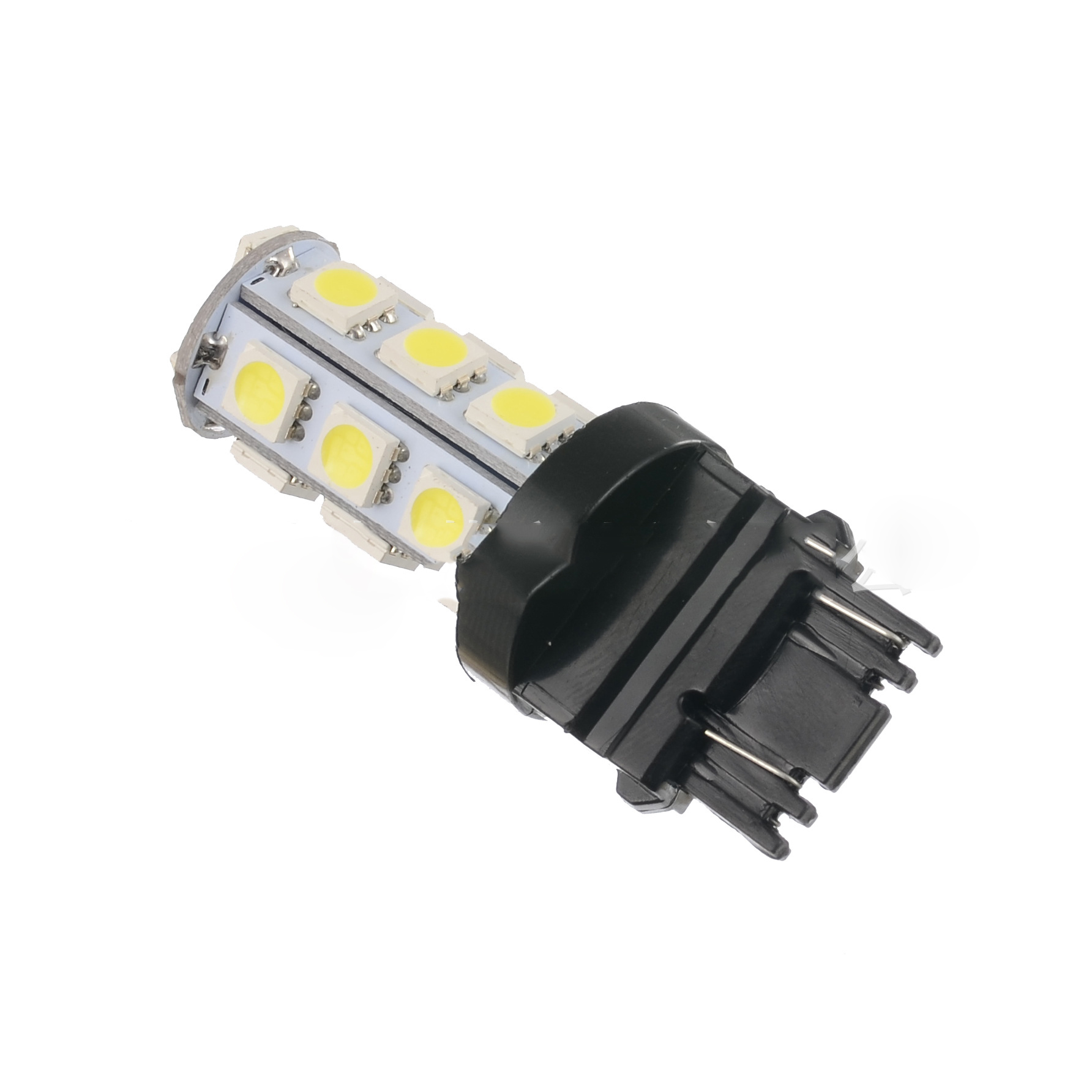
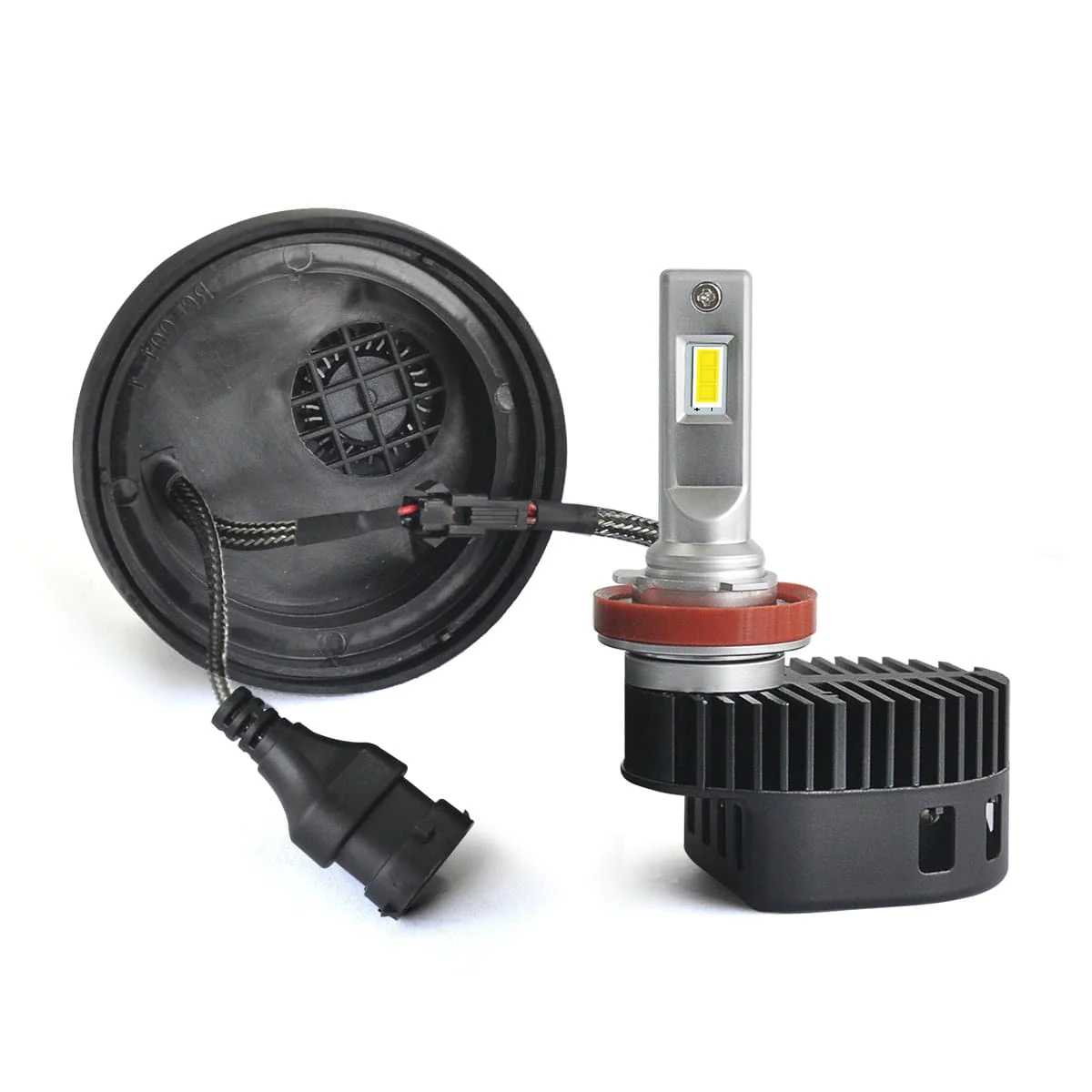
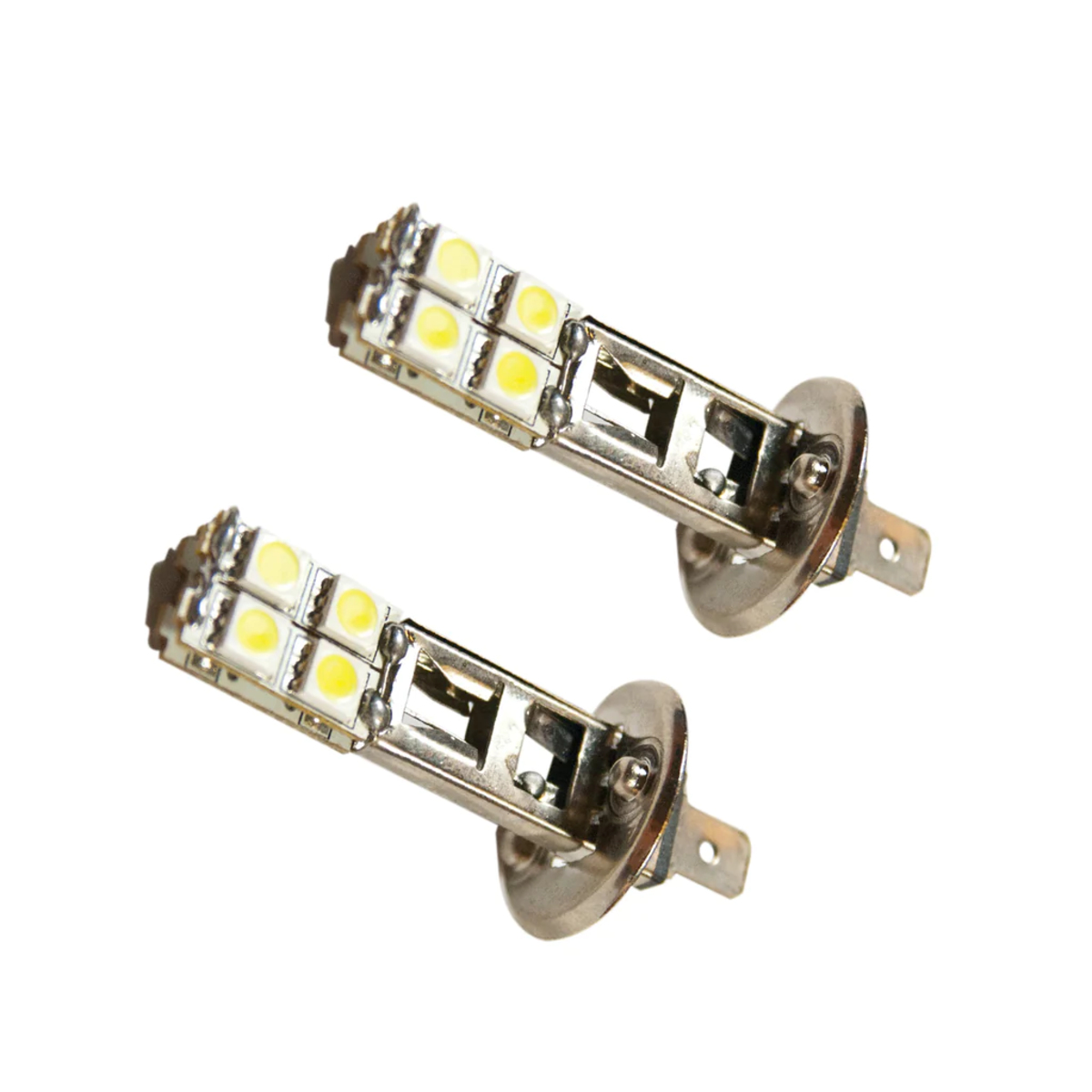
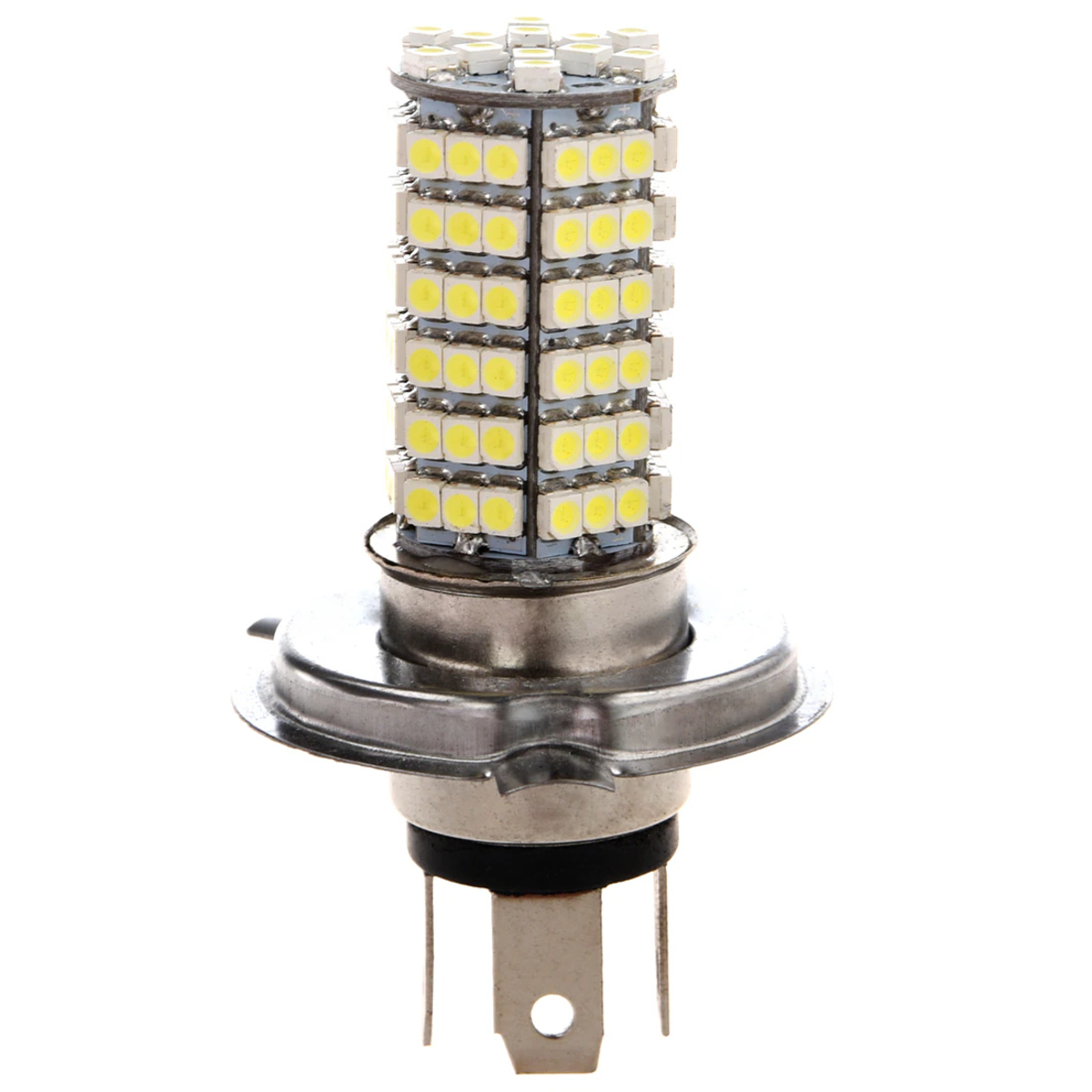
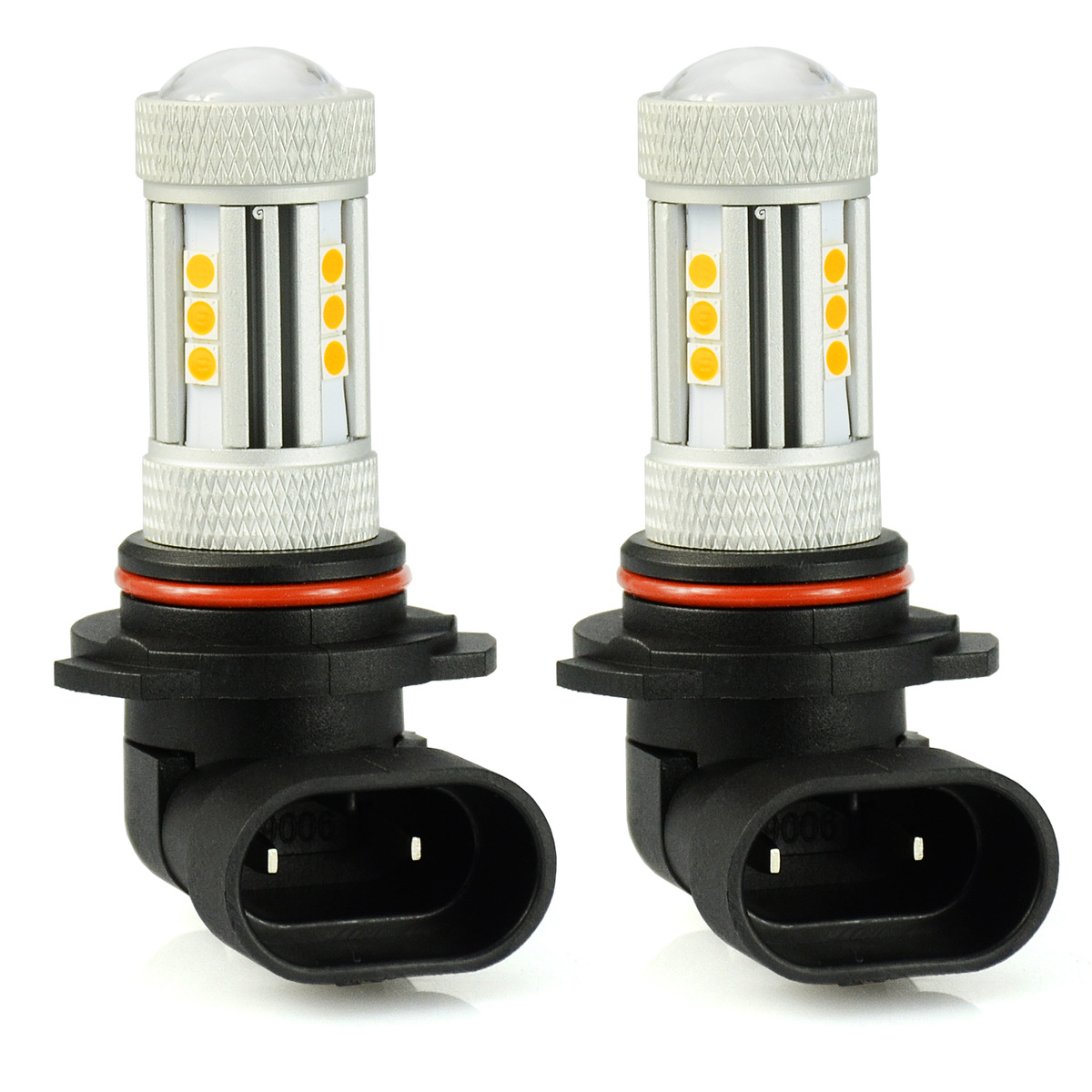
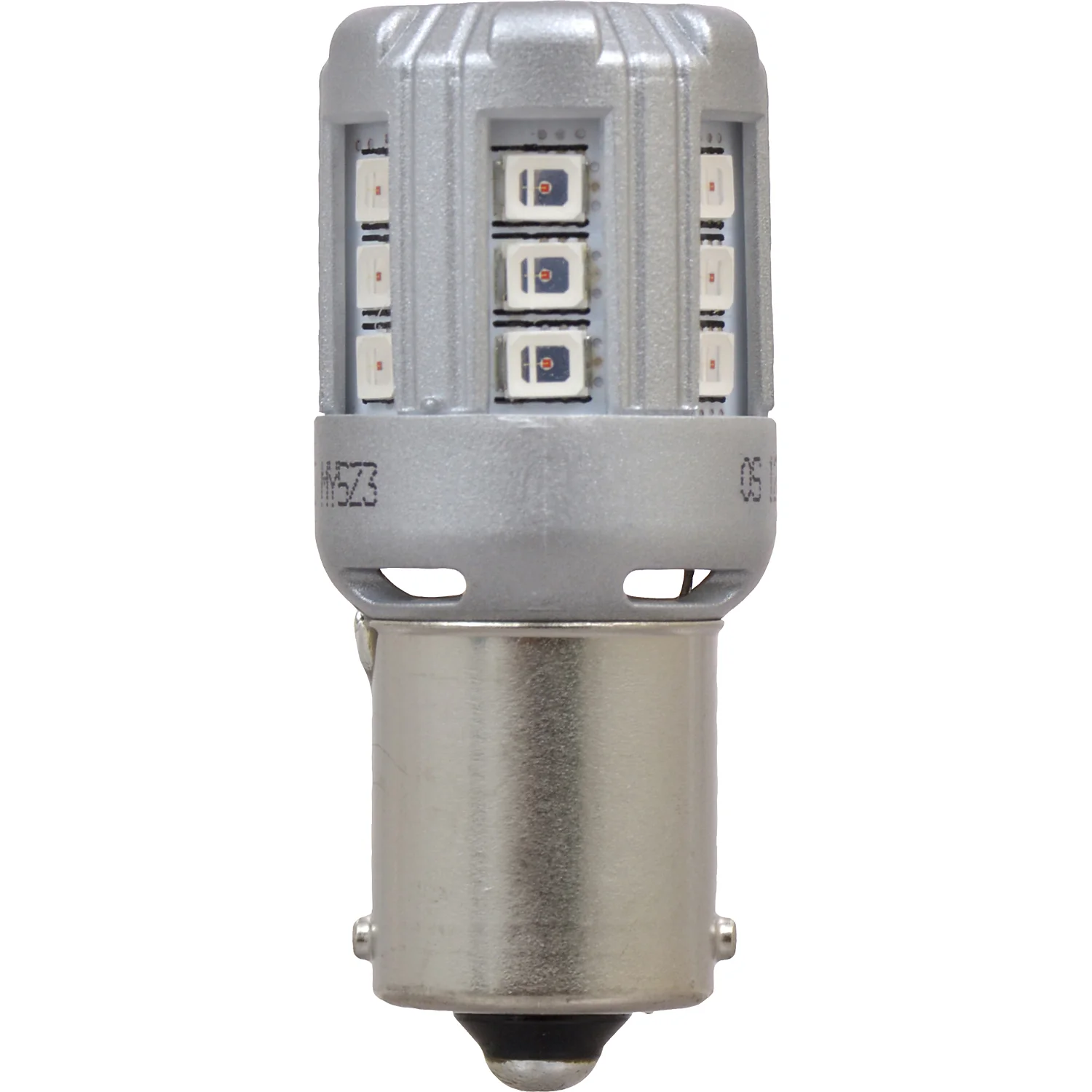
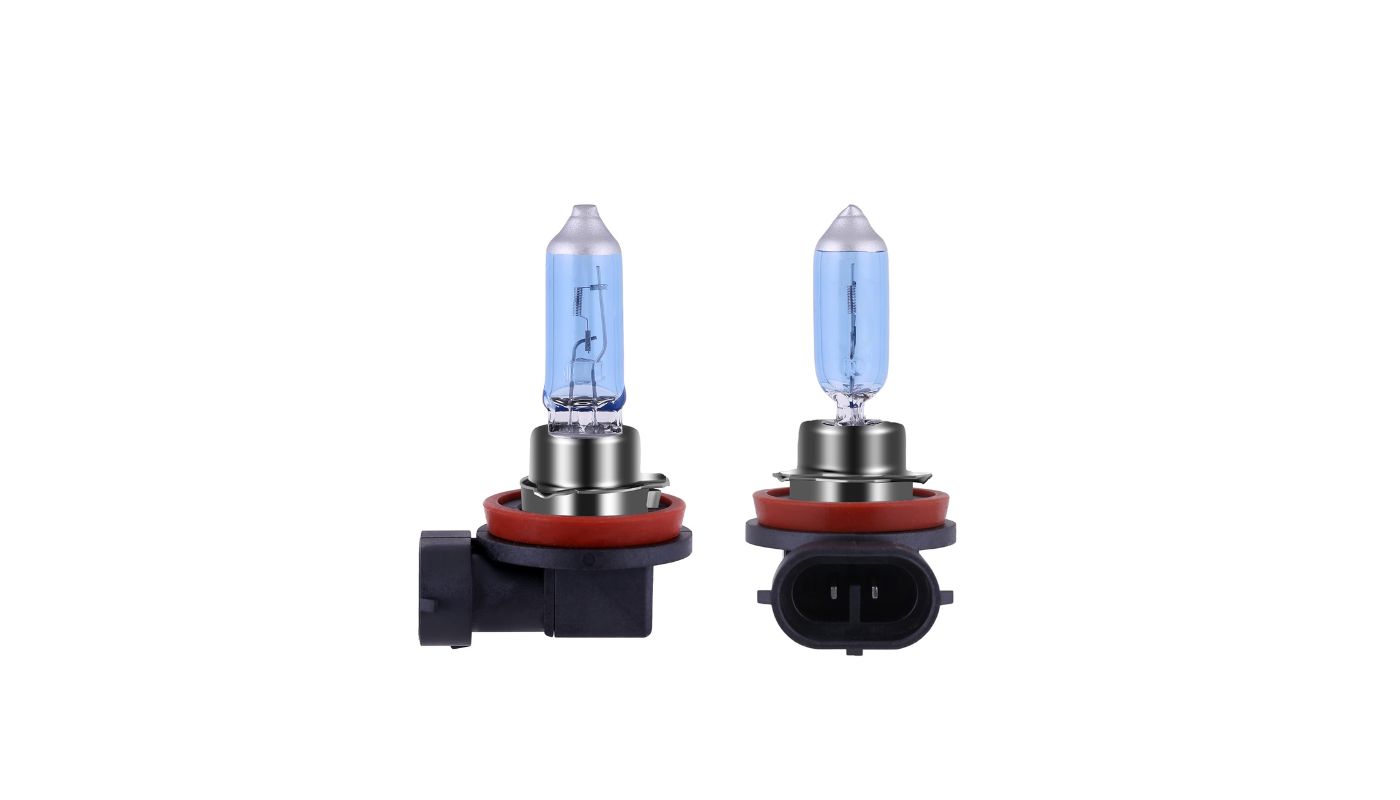
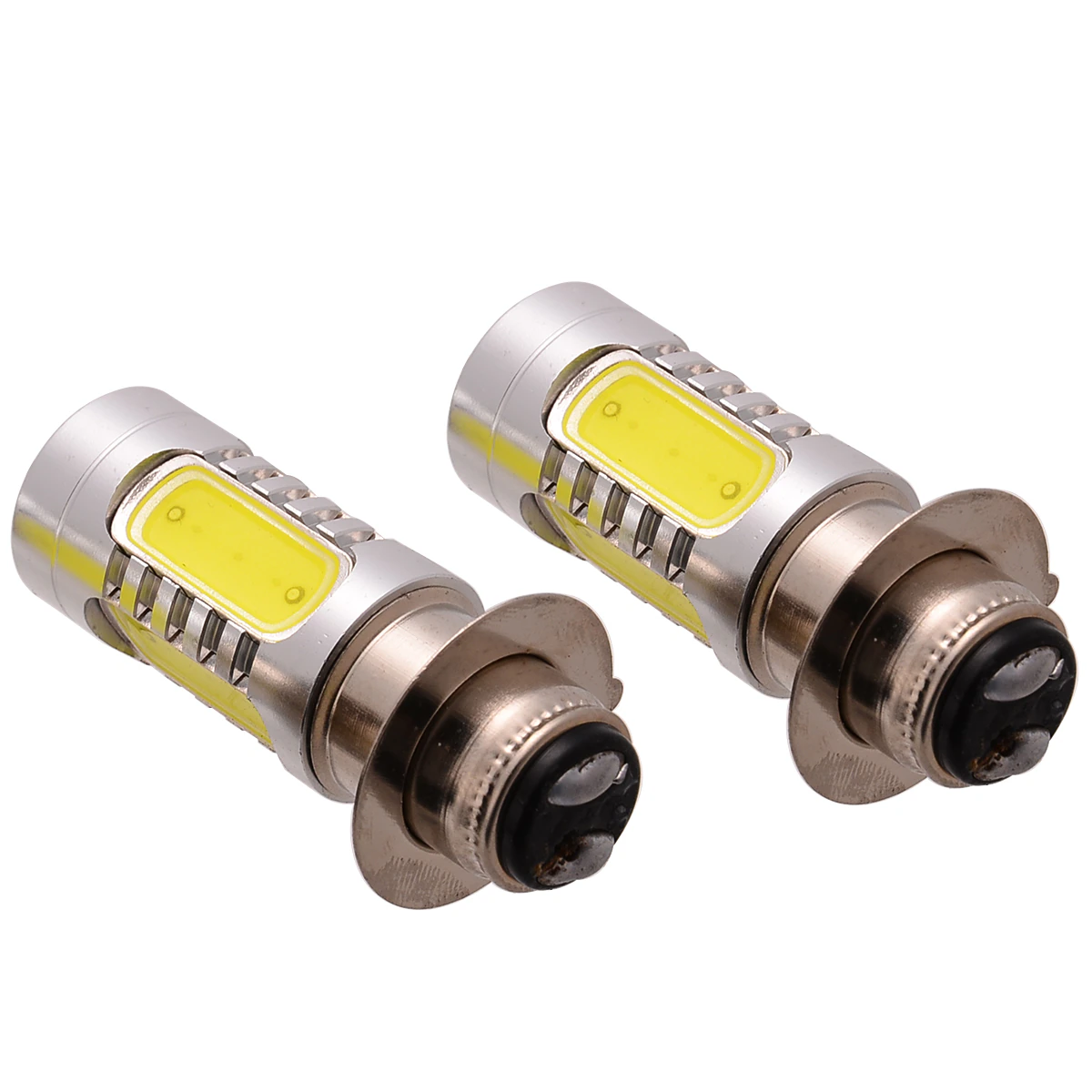
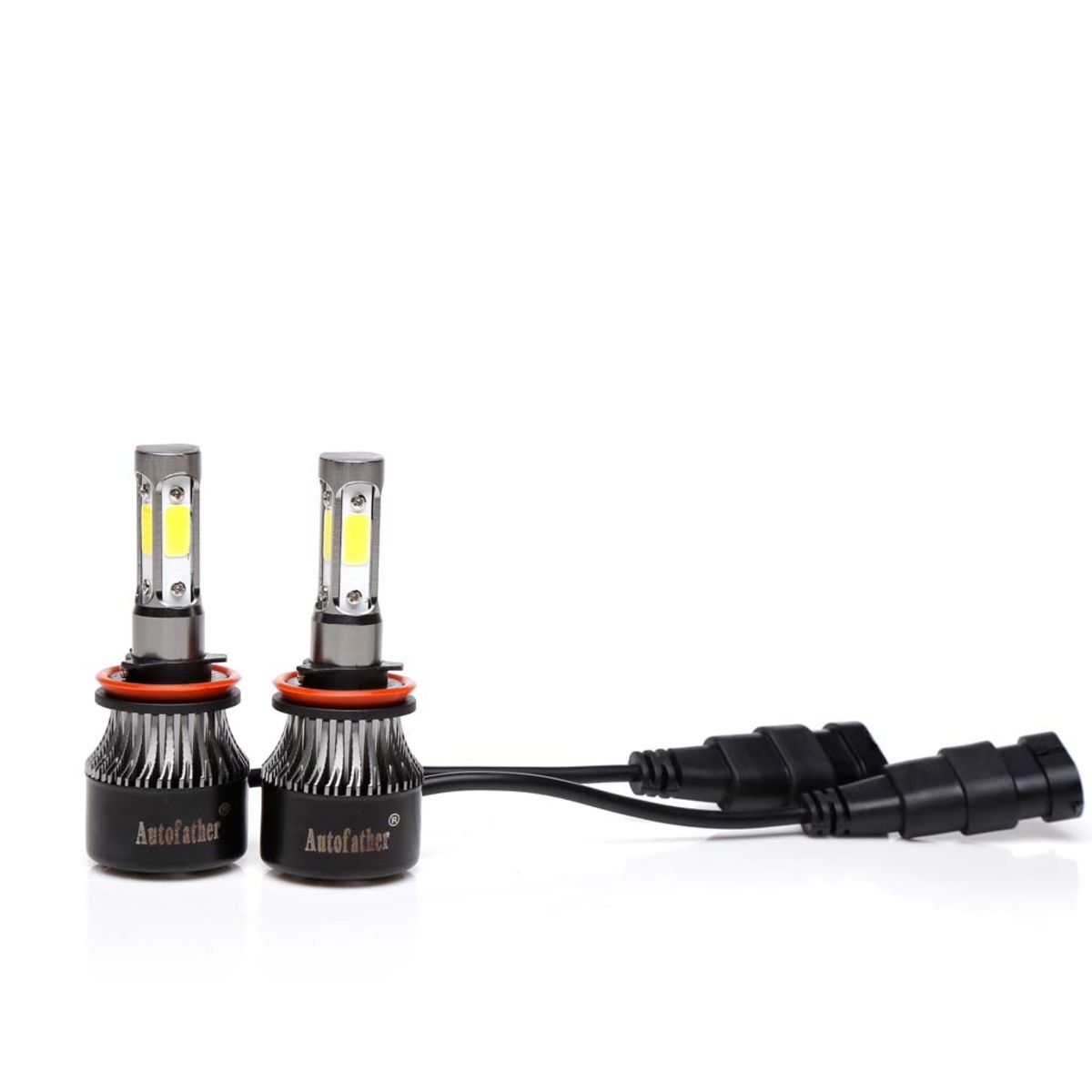
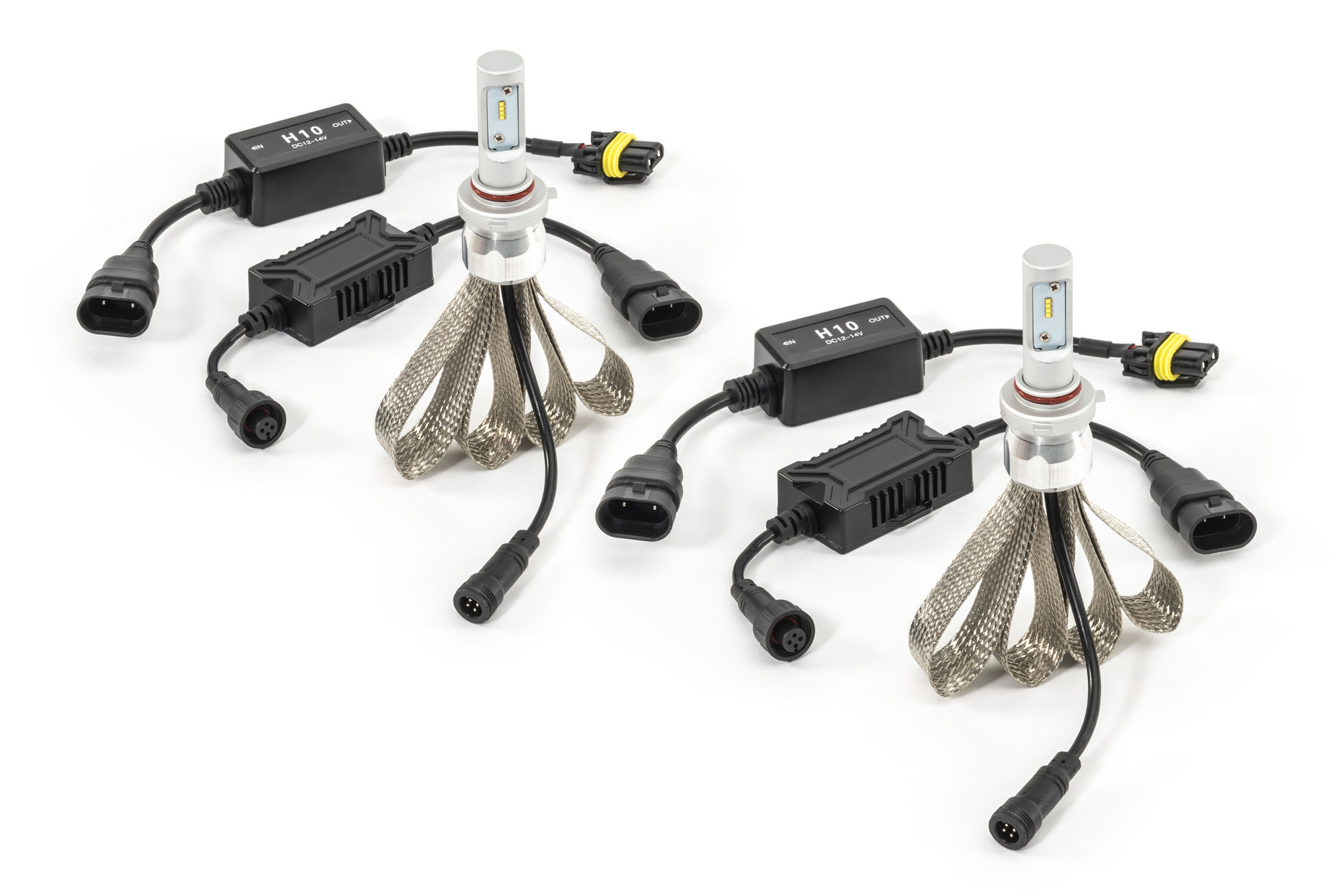
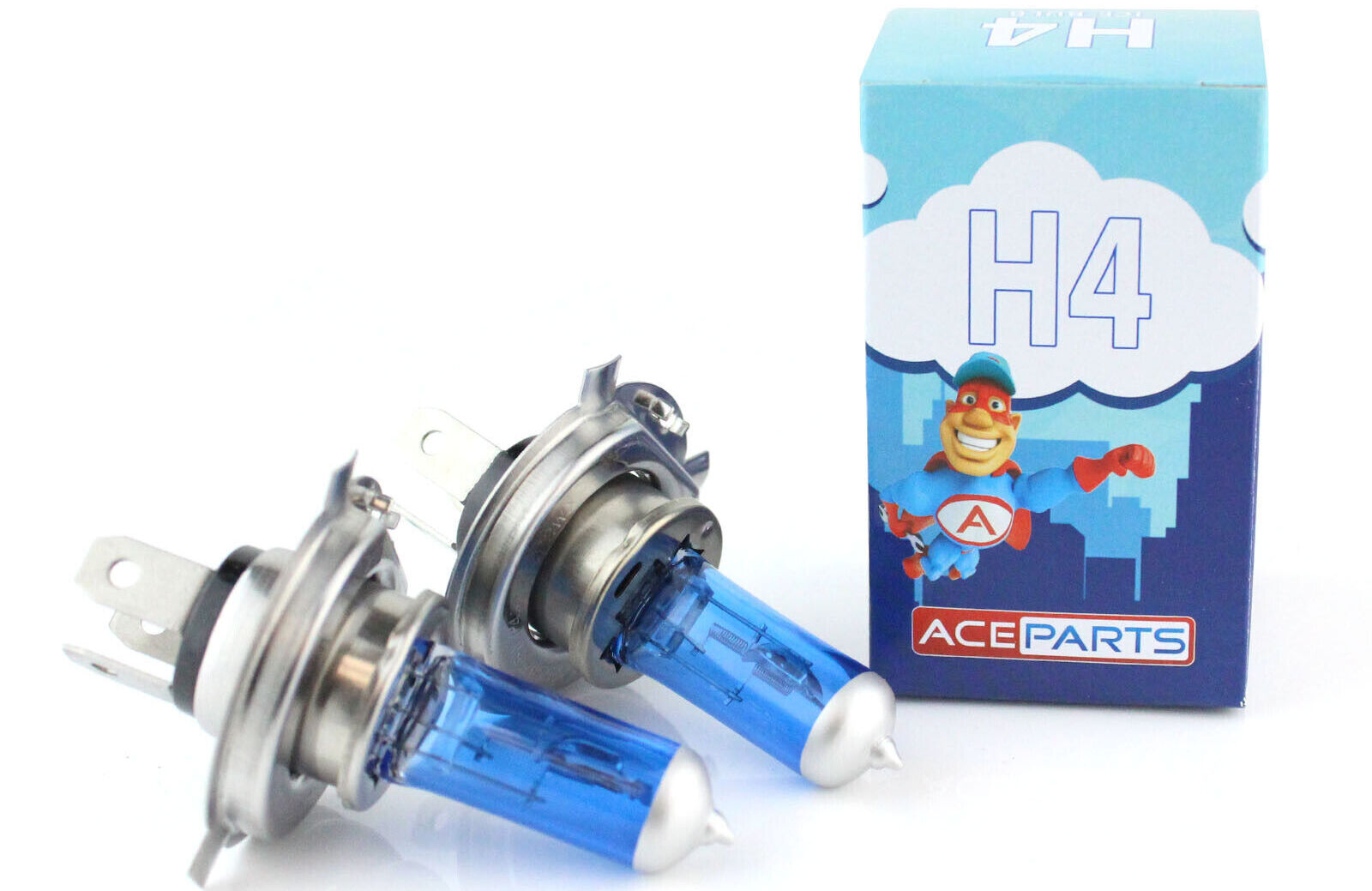
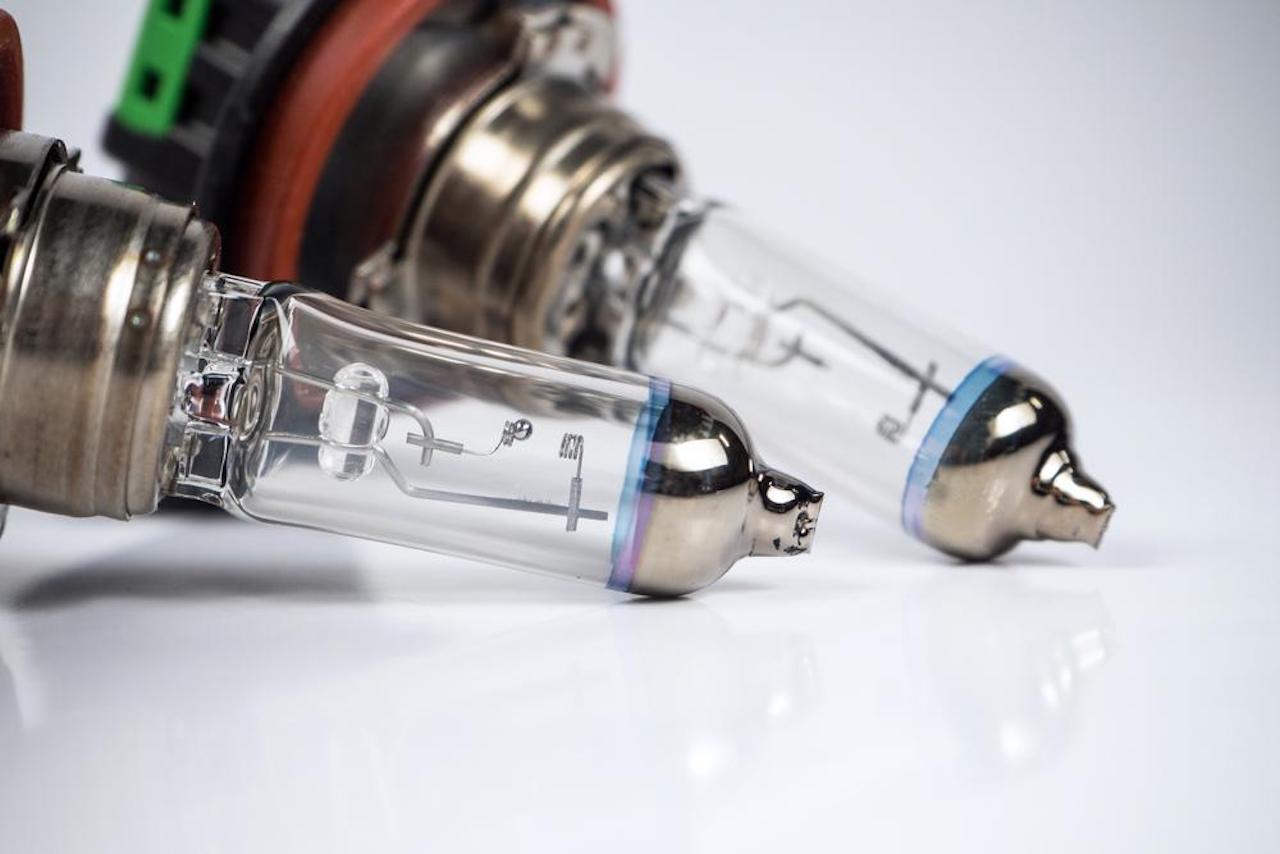
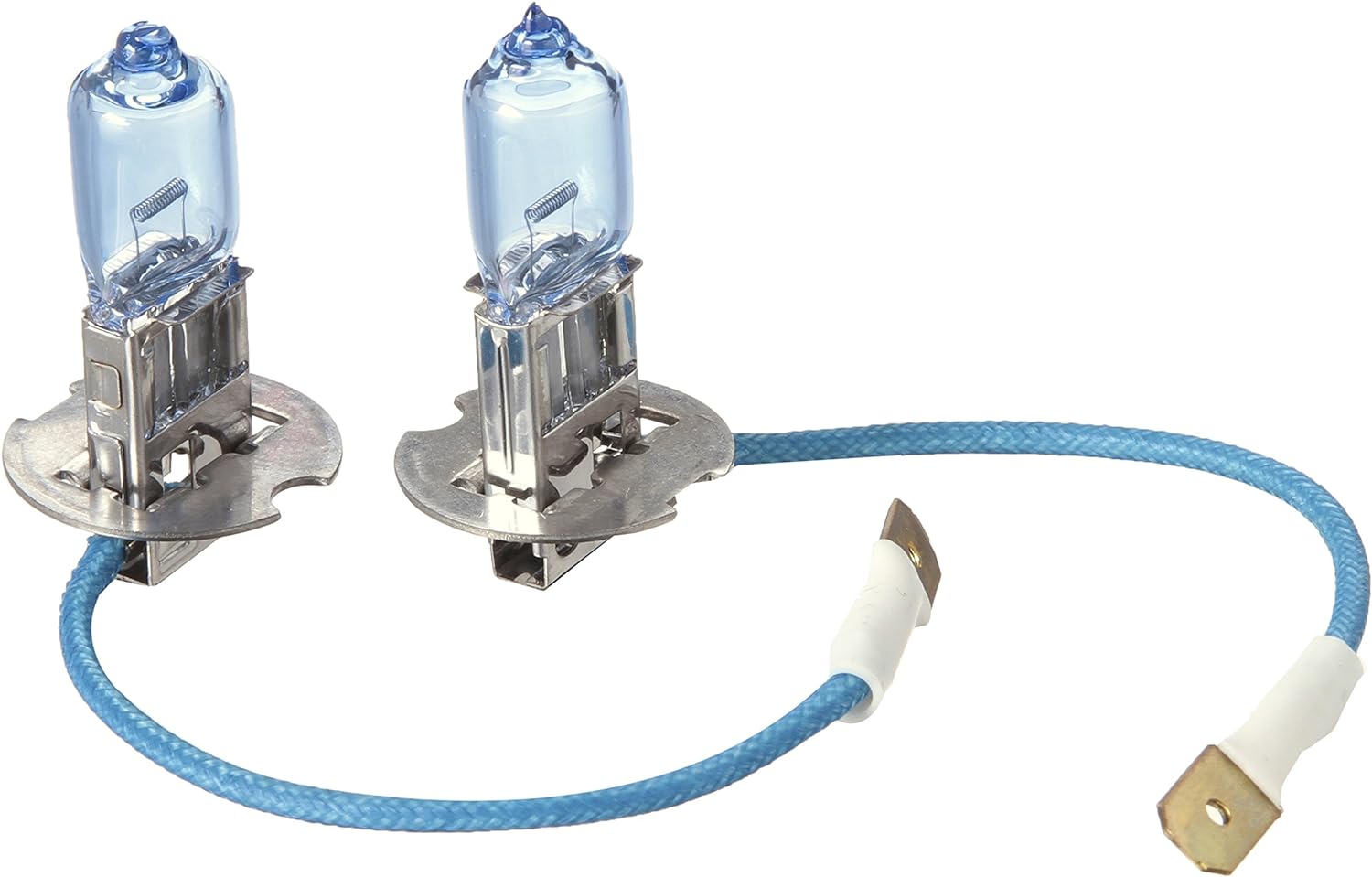
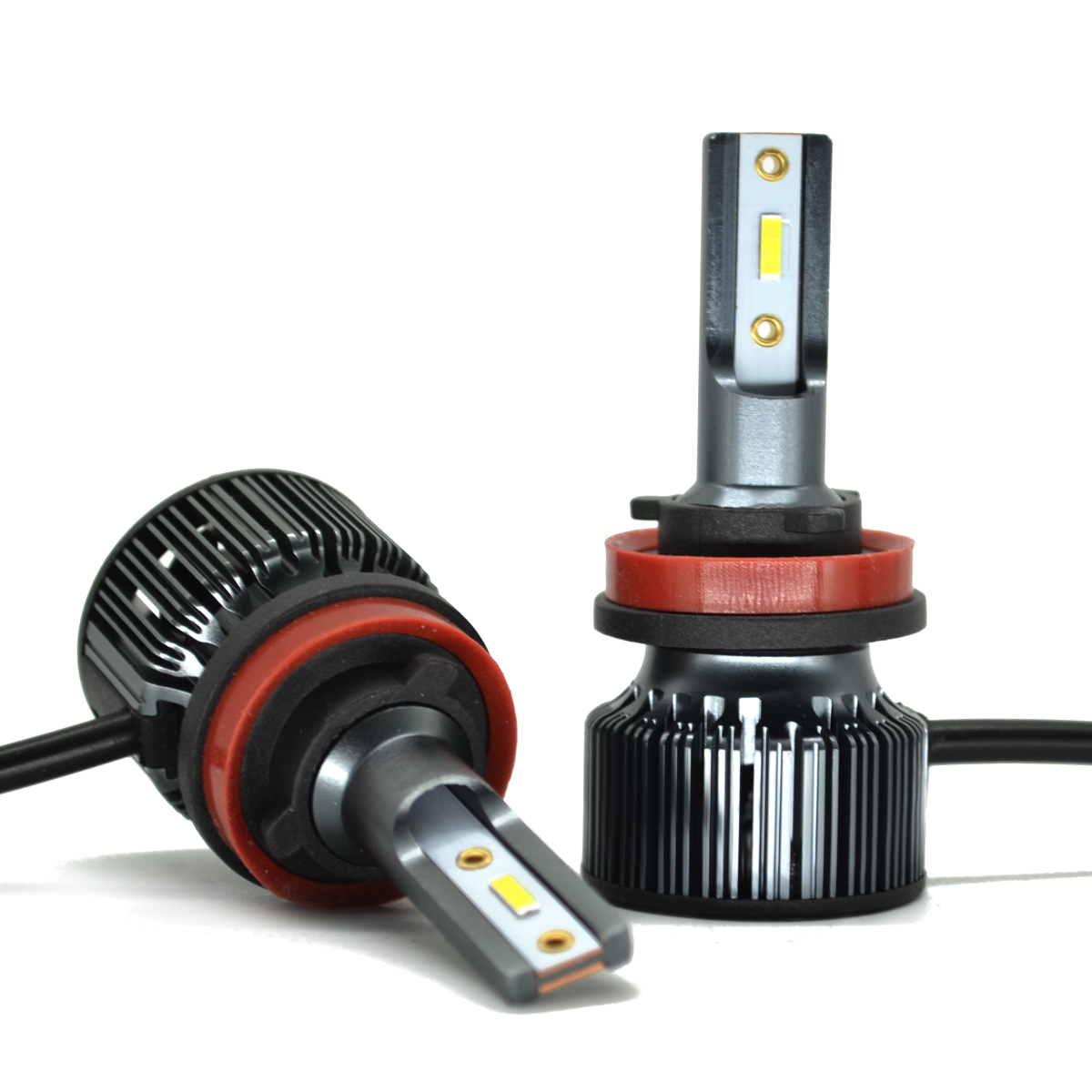

0 thoughts on “What Cars Fit An H13 9008 LED Bulb”